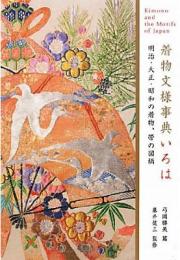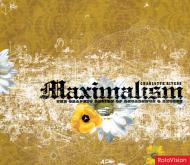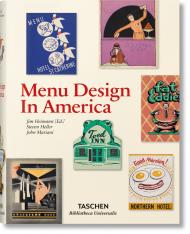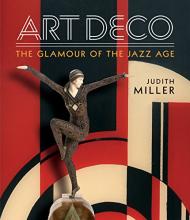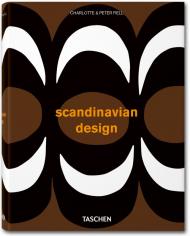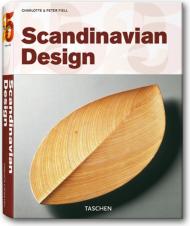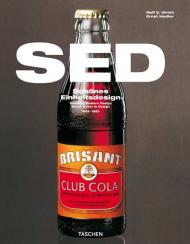500 illustrations
Surveying applied arts and industrial design from the 18th century to the present day, this book explores the dynamic relationship between design and manufacturing, and the technological, social and commercial context in which this relationship developed. The effects of a vastly enlarged audience for the products of modern design and the complex dynamic of mass consumption are also discussed. Part of this dynamic reveals that products serve as signs for desires that have little to do with need or function. The book also explores the impact of a wealth of new man-made industrial materials and tools on the course of modern design - from steel to titanium, plywood to plastic, cotton to nylon, wire to transistors,and microprocessors to nanotubes. The research, development and applications of these technologies are shown as depending upon far-reaching lines of communication stretching across geographical and linguistic boundaries.
Издательства
- Thames & Hudson (15)
- Rizzoli (13)
- Phaidon (7)
- Fuel (3)
- Laurence King Publishing (3)
- Standards Manual (3)
- Prestel (3)
- Vitra Design Museum (2)
- PIE Books (2)
- Flame Tree Publishing (2)

